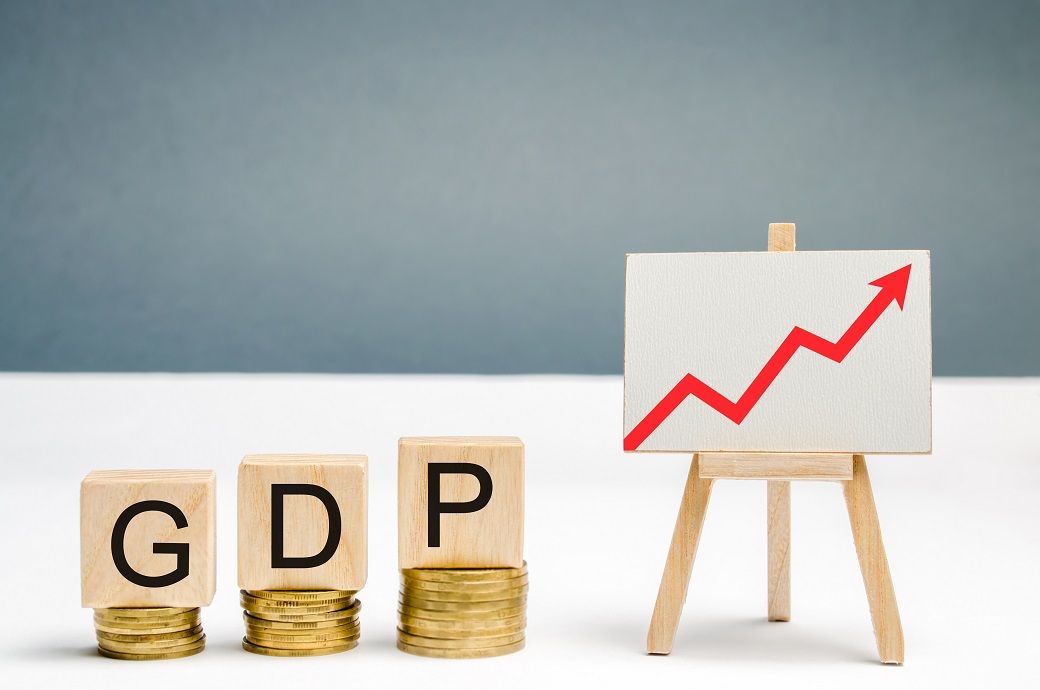
Strong rural recovery, improved manufacturing sentiment, and buoyant services activity collectively supported this momentum across the wider economy, SBI Research said in a latest report.
Textiles and apparel featured prominently in the report’s consumption analysis, particularly within the framework of GST rationalisation. SBI found that all major sectors except textiles displayed high consumption elasticity, responding sharply to lower effective GST rates. Textiles remained an outlier mainly due to the GST increase on apparel priced above ₹2,500, now taxed at 18 per cent instead of 12 per cent. Yet demand indicators for fashion, lifestyle, and online apparel purchases strengthened during the festive period.
E-commerce recorded elevated traction in categories including lifestyle goods, beauty, personal care and apparel, supported by premiumisation trends in metros and mid-tier cities. The bank estimated that consumers may now save around 7 per cent per month on their consumption expenditure as rationalised rates take full effect, a shift expected to support discretionary categories such as garments and home textiles in coming quarters.
GST collections reflected the consumption lift. Gross domestic GST revenue for October (linked to September filings) rose two per cent year-on-year to ₹1.45 lakh crore, while November’s overall collections are projected to exceed ₹2 lakh crore. This includes an estimated ₹1.49 lakh crore in domestic GST and ₹51,000 crore from IGST and import cess, driven by peak season demand, lower GST rates effective from October, higher compliance, and the widening adoption of digital payments. States including Haryana, Karnataka, Maharashtra, Gujarat and Telangana recorded notable gains from the festive boost.
The rise in festive demand was clearly visible in card-based transactions. On September 23, credit-card usage surged past one crore transactions worth over ₹6,400 crore—well above the daily average of 70 lakh transactions valued at ₹4,200 crore. Diwali (21 October) saw 1.23 crore credit-card transactions totalling ₹7,328 crore.
Year-on-year (YoY) credit-card spending during September–October increased around five per cent, with e-commerce categories showing the strongest gains. More than 38 per cent of e-commerce credit-card spending occurred in utilities and services.
Mid-tier cities such as Gurgaon, Noida, Faridabad, Jaipur, Lucknow, Thane and Palghar posted the fastest spending growth across PoS and online channels, while metros demonstrated clear premiumisation trends, particularly in high-value purchases.
Debit-card and UPI transactions reinforced the trend. Following GST rationalisation, debit-card spending rose across all major states during September–October 2025, led by Haryana (20 per cent), Telangana (19 per cent) and Andhra Pradesh (19 per cent). E-commerce debit spending increased most strongly in metros at around eight per cent, followed by urban centres at seven per cent. UPI payments saw a five per cent rise in value across top merchant categories once utilities and debt-collection segments were excluded. Online marketplaces expanded by nearly 30 per cent, while liquor retail and government services recorded the steepest gains.
India’s online festive sales surged according to Datum Intelligence, generating ₹1.24 lakh crore (~$14 billion) in GMV in 2025, significantly higher than the ₹94,800 crore recorded in 2024.
Non-metro shoppers formed the bulk of buyers, highlighting a deepening digital-first consumption pattern. The report contrasts this buoyancy with weakening sentiment in the United States, where consumer confidence has slipped despite projected increases in Black Friday sales.
SBI also underscored the risks that could influence India’s growth path, including global commodity volatility, supply-chain disruptions and trade uncertainties. Yet it notes that India’s macroeconomic fundamentals remain strong, with stable inflation, steady domestic demand, and supportive reforms providing a solid foundation for sustained growth. The bank expects India to maintain healthy momentum through FY26, with GST reform benefits and evolving consumption behaviour playing a central role in shaping the medium-term outlook.
ALCHEMPro News Desk (SG)
Receive daily prices and market insights straight to your inbox. Subscribe to AlchemPro Weekly!